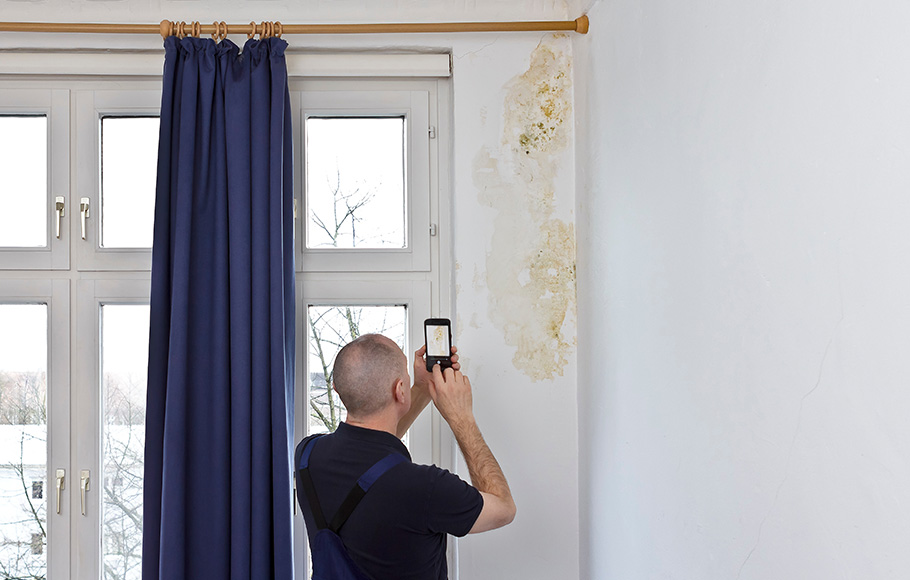Damp and Mould: A Landlord's Responsibility
In England alone, there are estimated to between 4% and 27% of homes where damp and mould is present[1][2]. As we approach autumn and the inevitable colder, wetter days, the risk of damp and mould in any property increases and with it, so do the risks to landlords who do not maintain their properties.
Earlier this month, the government published an important document that highlights the key responsibilities of landlords when managing damp and mould in their properties. You can read the full article here: “Understanding and addressing the health risks of damp and mould in the home.”
The current MEES legislation places a number of obligations on a landlord with regards the EPC rating of a property but that same EPC is an ‘asset rating’ and takes no account of the condition of the property, this guidance fills that void.

A Landlord’s Responsibility
Following a number of high profile cases that have recently come to light, the government have published a comprehensive document that clearly defines the responsibilities of landlords to maintain the condition of their properties for their tenants. It states that:
‘Landlords must ensure that the accommodation they provide is free from serious hazards, including damp and mould, and that homes are fit for habitation. They must treat cases of damp and mould with the utmost seriousness and act promptly to protect their tenants’ health’.
Nobody wants to live in an unhealthy, damp environment, so the document encourages landlords to take a proactive approach to reducing the risks in the first instance by understanding how their properties are built and ventilated and then by understanding how their tenants are using that building.
Private and social landlords must adhere to a number of regulations related to damp and mould. A lack of compliance can place a landlord at risk of prosecution or financial penalties, but can have life changing impacts on the occupiers of those homes
Tenants
The guidance specifies that tenants should not be blamed for damp and mould. Damp and mould in the home are not the result of ‘lifestyle choices’, and it is the responsibility of landlords to identify and address the underlying causes of the problem, such as structural issues or inadequate ventilation.
It goes on to describe how landlords should deal with issues of damp or mould when they are raised by their tenants and encourages them to respond sympathetically but act immediately to try and identify the cause and find a solution.
Retrofit Considerations
In a scenario where damp and mould are present in a property, this may mean some form of corrective work is needed prior to improving the fabric, heating, ventilation or any combination of these. There is further guidance in the document about where appropriate help and advice can be sought to ensure any work undertaken is completed by approved contactors.
Following the guidance in PAS 2035 is a great place to start and ensures all parties are, as a minimum, are Trustmark approved.
The report, which can be read in full from this link, contains a great deal of valuable information to guide landlords and makes for a thought provoking read.
Useful Links
[2] https://assets.publishing.service.gov.uk/media/61449c52d3bf7f05b4562b66/efus-thermal.pdf
